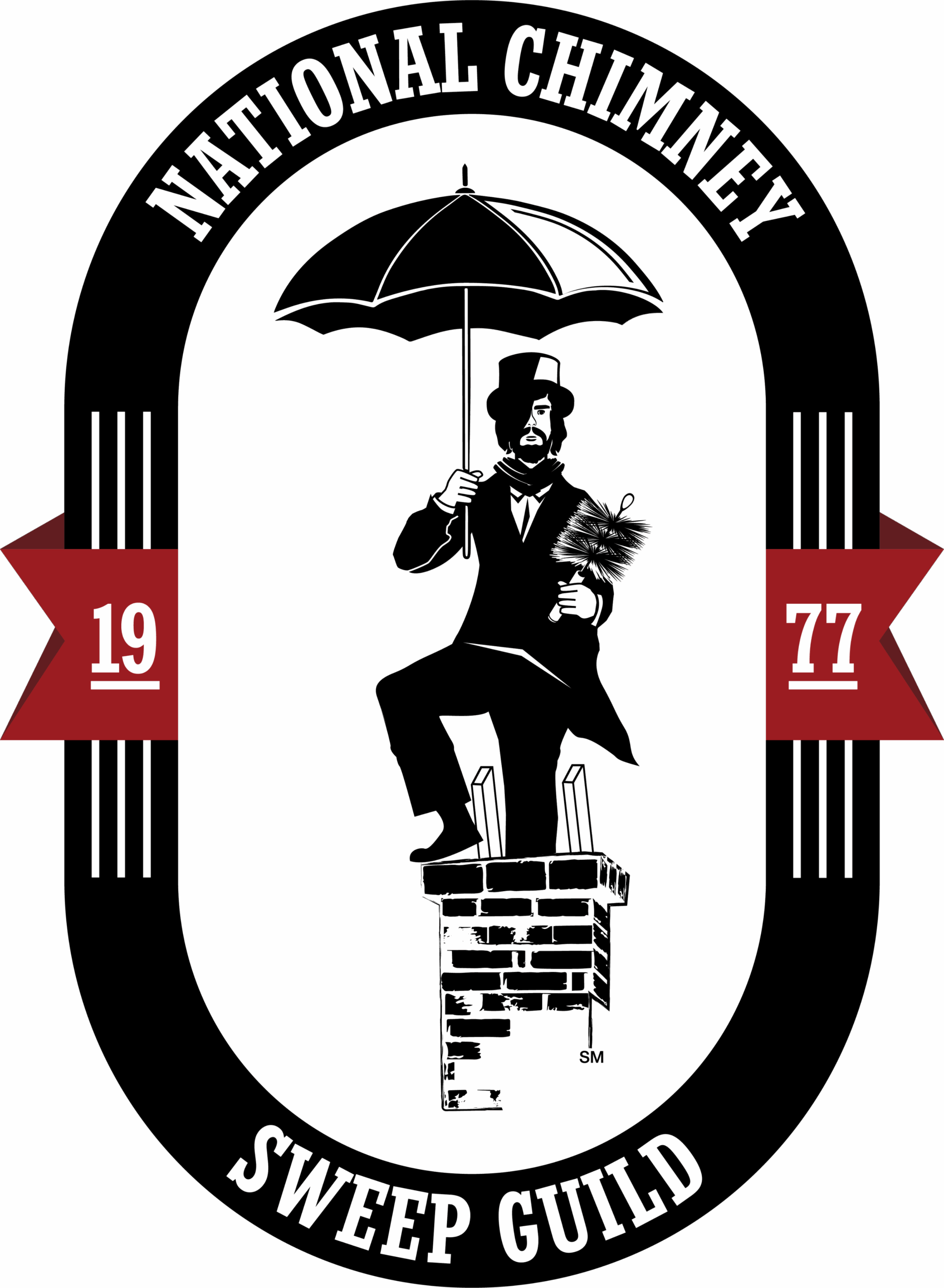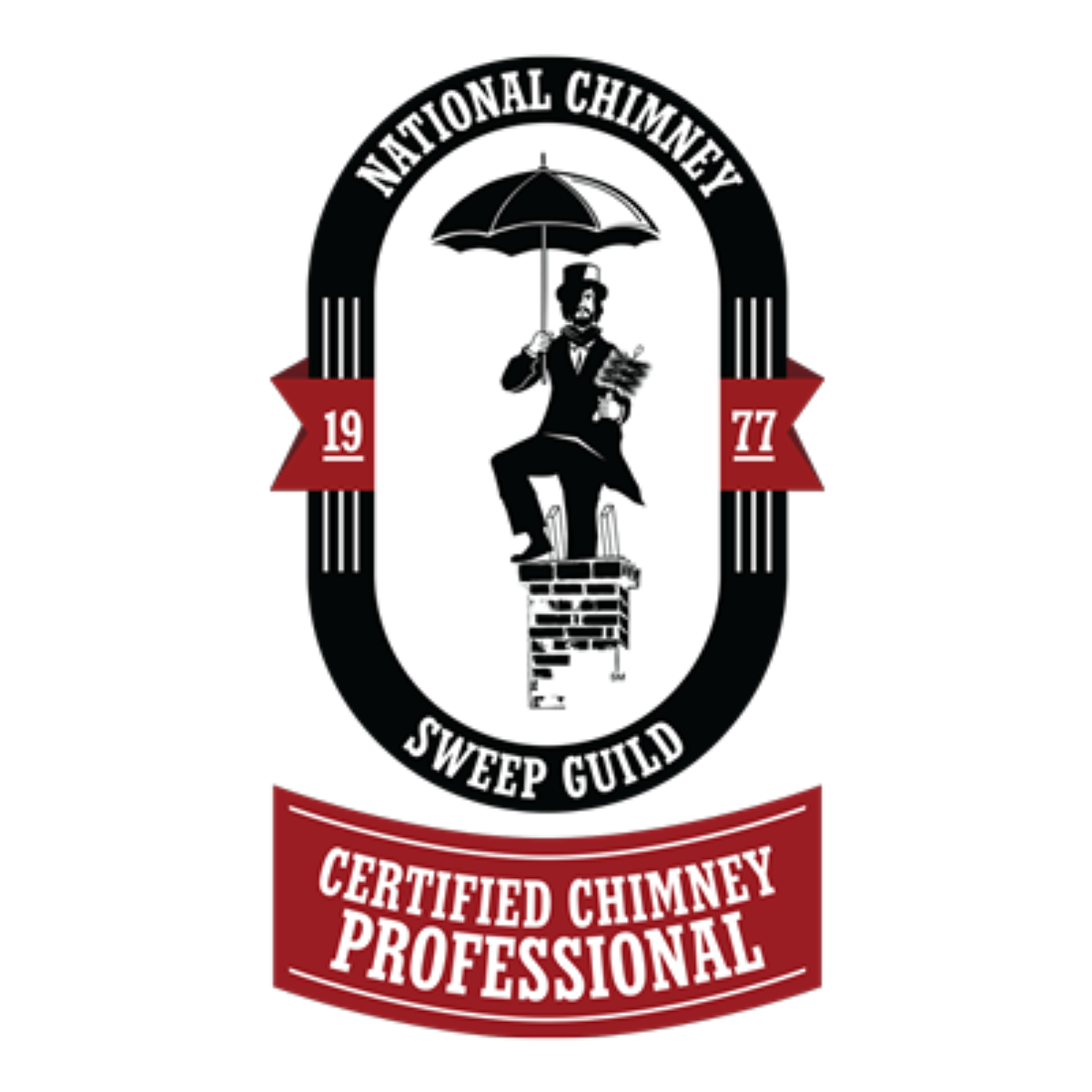How Chimney Flashing Protects Your Fort Worth Roof From Leaks
Chimney flashing is essential for protecting Fort Worth roofs from leaks by acting as a barrier against water intrusion. Positioned at the roof-chimney junction, it directs water away and channels it into gutters, preventing pooling. Typically made from durable materials like aluminum or galvanized steel, flashing is designed to withstand harsh weather. However, improper installation, rust, and debris accumulation can compromise its effectiveness, leading to structural damage. Regular inspections and maintenance are crucial to ensure the flashing remains intact. Discover how you can enhance the longevity of your roof and mitigate potential issues effectively.
Key Takeaways
- Chimney flashing directs water away from the roof-chimney junction, preventing leaks and water intrusion into the home.
- Made from durable materials like aluminum or copper, flashing withstands Fort Worth’s heavy rainfall, ensuring long-lasting protection.
- Properly installed flashing covers vulnerable joints, mitigating the risk of moisture infiltration that can cause damage.
- Regular inspections and maintenance of flashing can identify issues early, preventing minor problems from escalating into significant leaks.
- Keeping the area around flashing clear of debris helps maintain its effectiveness by reducing moisture retention and promoting proper drainage.
Importance of Chimney Flashing
Chimney flashing is a critical component of roof integrity, serving as the first line of defense against water intrusion. Properly installed chimney flashing in Fort Worth ensures that the junction between the chimney and the roof remains watertight, thus preventing moisture from seeping into the structure.
In regions like Fort Worth, where heavy rainfall can lead to significant roof leaks, the importance of reliable chimney flashing cannot be overstated.
Neglecting chimney flashing can result in extensive damage, including mold growth, rotting wood, and compromised structural integrity. Homeowners should be vigilant about inspecting their chimney flashing regularly, particularly after severe weather events.
Knowing essential chimney flashing repair tips can help mitigate potential issues; for instance, ensuring the flashing is properly sealed and free from debris can enhance its effectiveness.
Moreover, hiring a professional chimney service to perform routine inspections and maintenance can safeguard against future roof leaks. By prioritizing the condition of chimney flashing, residents in Fort Worth can protect their homes from water damage while extending the lifespan of their roofs.
Common Issues With Flashing
Properly installed flashing is essential for preventing water intrusion, yet several common issues can arise that compromise its effectiveness. One prevalent problem is improper installation, which can lead to gaps or misalignments that allow water to seep beneath the flashing.
Additionally, the materials used in the flashing may deteriorate over time, particularly if they are not suited for the local climate, resulting in rust or corrosion that weakens their protective function.
Another common issue is the accumulation of debris around the flashing, such as leaves or dirt, which can trap moisture and promote mold growth or rot.
Furthermore, fluctuating temperatures can cause the flashing materials to expand and contract, leading to cracks or loosening that reduces their effectiveness.
Neglecting regular inspections can exacerbate these problems, allowing small issues to escalate into significant leaks. Homeowners should be vigilant about monitoring their chimney flashing and addressing any signs of wear or damage promptly.
How Flashing Prevents Leaks
Effective flashing is a critical component in safeguarding a roof against leaks, particularly where the roof meets the chimney. Flashing acts as a barrier, directing water away from vulnerable areas and preventing it from seeping into the roof structure. Typically made of materials such as aluminum, copper, or galvanized steel, flashing is strategically installed to create a watertight seal around the chimney.
When properly installed, flashing covers the joints where the roof and chimney intersect. This helps to mitigate the risk of water intrusion, especially during heavy rainfall or snowmelt. The design of the flashing allows it to channel water down the roof slope, guiding it away from the chimney and into the gutters.
Moreover, effective flashing accounts for the natural expansion and contraction of building materials, ensuring that the seals remain intact even under varying weather conditions.
Regular maintenance of chimney flashing is essential to its performance. Over time, wear and tear can compromise its integrity, leading to potential leaks.
Therefore, homeowners should prioritize inspections and timely repairs to ensure that their flashing continues to perform its critical function in leak prevention, ultimately protecting their roof and home from water damage.
Signs of Flashing Damage
Identifying signs of flashing damage is vital for maintaining a watertight roof and preventing costly repairs down the line. Homeowners should be vigilant in observing their chimney flashing, as several indicators can signal potential issues.
One prominent sign of flashing damage is visible rust or corrosion on metal flashing. This deterioration can compromise the material’s integrity and lead to leaks. Additionally, cracks or gaps in the flashing, particularly where it meets the chimney or roof, can allow water to seep through, creating an entry point for moisture.
Another warning sign is the presence of water stains on interior walls or ceilings, which may indicate that water is infiltrating through compromised flashing.
Moreover, if shingles around the chimney appear warped or missing, this could also suggest that the flashing is not performing effectively.
Lastly, if you notice mold or mildew growth in the vicinity of the chimney, it may be a result of prolonged moisture exposure linked to faulty flashing.
Regular inspections and prompt attention to these signs can help protect your roof and extend its lifespan.
Maintenance Tips for Homeowners
Maintaining chimney flashing is essential for protecting your roof from leaks and ensuring its longevity. Homeowners should conduct regular inspections, ideally twice a year, to assess the condition of the flashing.
Look for signs of rust, cracks, or gaps, as these can indicate potential leaks. Pay particular attention to the areas where the flashing meets the chimney and roof, as these are the most vulnerable points.
In addition to inspections, it is important to keep the surrounding area clear of debris. Leaves, branches, and other materials can trap moisture, leading to deterioration of the flashing over time.
If you notice any issues during your inspection, such as loose or missing flashing, it is advisable to contact a professional for repairs.
Furthermore, consider applying a waterproof sealant to the flashing to enhance its protection against water infiltration.
If your chimney flashing is made of metal, ensure that it is painted with a rust-resistant coating to prolong its lifespan.
Protect Your Roof with Professional Chimney Service in Fort Worth
In conclusion, chimney flashing serves as a vital component in safeguarding roofs from leaks, particularly in regions susceptible to unpredictable weather conditions, such as Fort Worth. Understanding the importance of chimney flashing, recognizing common issues, and identifying signs of damage are essential for effective roof maintenance. Implementing regular inspections and adhering to maintenance best practices can significantly enhance the longevity of roofing systems, ultimately preserving the structural integrity of homes and preventing costly repairs associated with water intrusion.
Masters Services Chimney & Masonry
3930 W Vickery Blvd, Fort Worth, TX 76107
(817)205-5749










